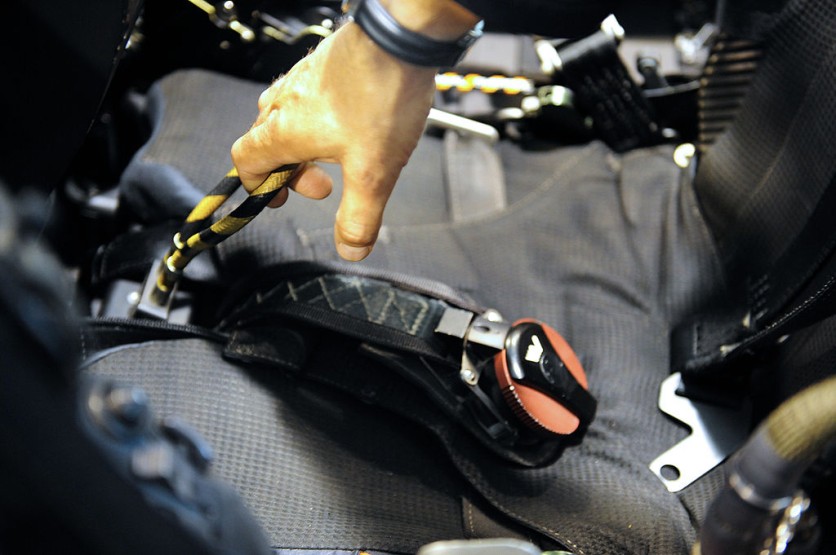Seat ejectors are common on fighter jets, and it is because there is a high risk of crashes or accidents that may take place even on new or meticulously-maintained aircraft for the military. Fighter jet ejections may be the last resort for the pilot to pull away from imminent crashes, and in worst-case scenarios, death.
However, it is not a clear-cut way to escape any harm that they will experience when staying in the aircraft, pulling away may bring other forms of injuries, particularly to the spines and the body.
Fighter Jet Ejection System: Still Causes Problems for Pilots

According to Cars Insider, fighter jet ejection systems are not as safe as they seem to be, especially with the current technology that is used on many aircraft available to the world. While some already used their seat ejectors to pull away from an imminent crash, they are more likely to develop a form of spinal injury than walking away unharmed.
Additionally, seat ejectors do not always guarantee their life despite ejecting from their aircraft, as there is much harm to them while flying away as well.
Cars Insider said that even for those who see a successful ejection from the fighter jet, there is a 20 to 30 percent chance of developing a form of spinal injury and other harm to their bodies.
Low Guarantee of Walking Away Unharmed
According to the University of Notre Dame's study, ejecting from one's seat would provide a thrust with its propulsion system and it already compresses the spine from pulling away from the high-speed aircraft. The pilot would first struggle against the G-force that is pulling them down with the aircraft, as well as its high velocity as it nears the crash.
Ejection seats need the thrust to push the seat away from the aircraft, or else it would not walk. This specific incident has a low guarantee for pilots to walk away unharmed.
Fighter Jets and their Power
Fighter jets are commonly used for the military, under its Air Force units where it presents an aircraft that is capable of clearing massive grounds in under minutes, also famous for its top speeds. Most fighter jets in existence can go at Mach speeds, either under the subsonic range, or the supersonic which is faster than the speed of light.
There are many training and procedures for pilots before than get their hands on piloting these fighter jets, and it is a significant risk to take, as there is massive uncertainty in walking away from it.
Training includes simulations and physical endurance to carry out missions, something which needs to have the pilots at their peak performance to proceed with their duties to fulfill. Some training includes a showcase against AI-controlled F-16 fighter jets to test out their wits and decision-making in the real world, with threats in a machine-learning form.
With the complexity of fighter jets in the real world, seeing an accident is more likely to happen than walking away unharmed from the entire experience. One wrong move could lead straight to death or other grievous injuries, and something like safety systems including seat ejectors would not save them, entirely.
This article is owned by TechTimes
Written by Isaiah Richard
ⓒ 2025 TECHTIMES.com All rights reserved. Do not reproduce without permission.

![Best iPads that Students Can Use in School [2025]](https://d.techtimes.com/en/full/461431/best-ipads-that-students-can-use-school-2025.jpg?w=184&h=103&f=516289300e12e9647ef3d5bd69f49b70)


